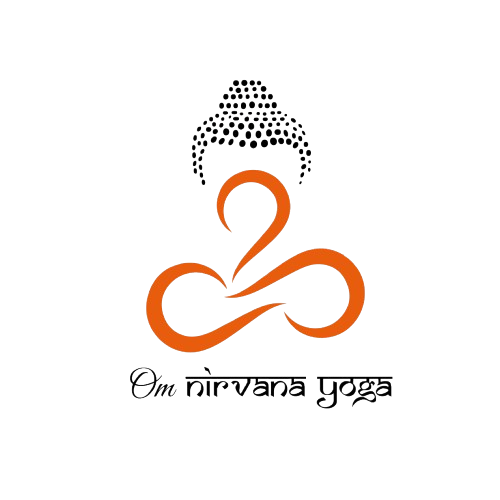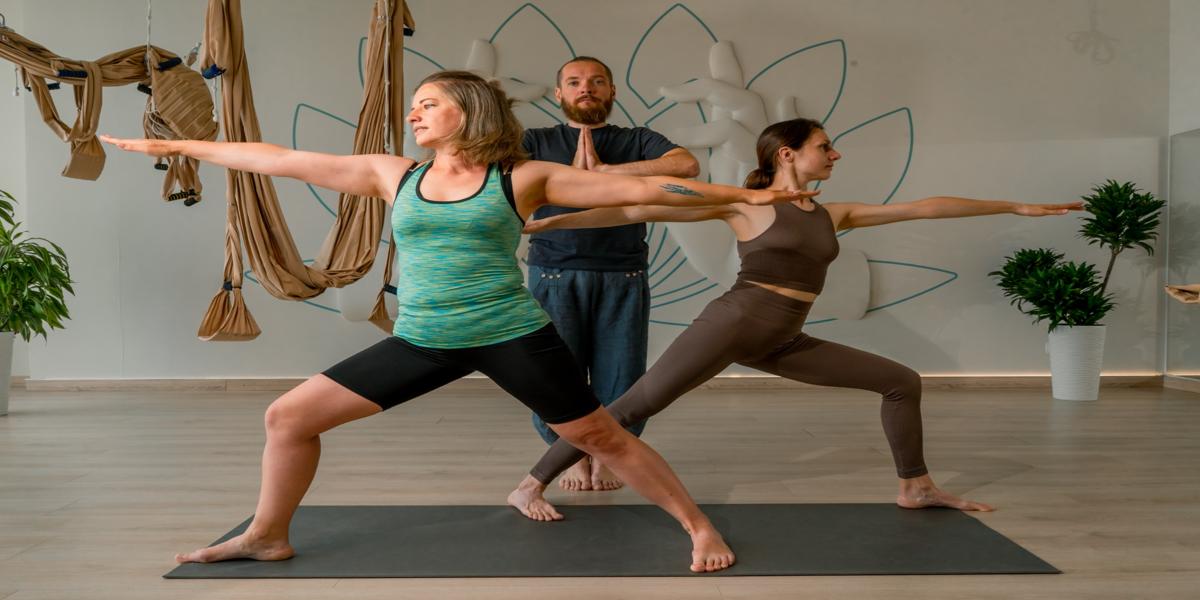

Hatha yoga is the original and most ancient kind of yoga. Yoga, at its inception and for many years afterward, had little to do with physical postures: it was all about deep study and knowledge of the mind via meditation and ascetic practices.
The ancient sages and yogis then began to construct various seated postures to assist them obtain physical flexibility so that they could sit for long periods of time and meditate.
The fundamental text on Hatha Yoga (Hatha Yoga Pradipika by Svatmarama, written in the XV century) can be thought of as a compilation of several Hatha texts. It consists of fifteen main postures (seated and non-seated) plus other supplementary postures, for a total of 84 asanas. This is the first time we've heard of an asana being described as anything other than a sitting position. After all, the name asana means "to sit," specifically a seat for meditation. The number 84 is frequently used in spiritual activities to indicate a connection between the practitioner and the universe.
Hatha Yoga focuses on balancing the body and psyche. THA signifies the moon, while HA represents the sun. The goal of Hatha Yoga is to unite and balance these two energies. This is why, during our TTC, we place a strong emphasis on classic Hatha Yoga; expect to move through a series of physical postures to warm up the body and circulate energy, as well as breathing exercises. You will learn the traditional Surya Namaskar Hatha Yoga style and its modifications. You will also practice many different asanas, both standing and seated/reclining. These are often practiced at a slower pace and for a longer duration than Vinyasa flow or Ashtanga classes.
In addition to asana, Hatha Yoga comprises five more practices that make up the six limbs that you will master with us: Shatkarma, Pranayama, Bandhas, Mudras, and Samadhi. Finally, during the "art of teaching" workshops, you will master the precise alignment and all of the variations of Hatha Yoga's main asanas under the skilled instruction of lead teacher Swami ji.